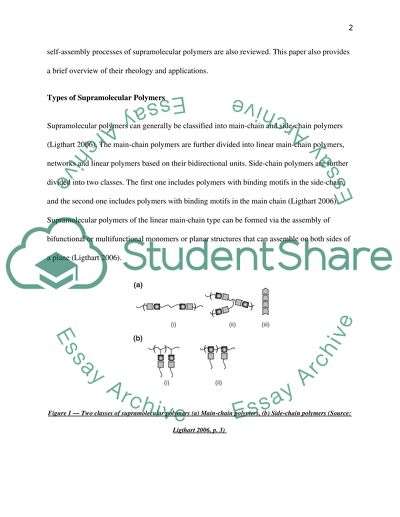Cite this document
(“Supramolecular Polymers based on Hydrogen Bonding Essay”, n.d.)
Retrieved from https://studentshare.org/chemistry/1394249-supramolecular-polymers-based-on-hydrogen-bonding
Retrieved from https://studentshare.org/chemistry/1394249-supramolecular-polymers-based-on-hydrogen-bonding
(Supramolecular Polymers Based on Hydrogen Bonding Essay)
https://studentshare.org/chemistry/1394249-supramolecular-polymers-based-on-hydrogen-bonding.
https://studentshare.org/chemistry/1394249-supramolecular-polymers-based-on-hydrogen-bonding.
“Supramolecular Polymers Based on Hydrogen Bonding Essay”, n.d. https://studentshare.org/chemistry/1394249-supramolecular-polymers-based-on-hydrogen-bonding.


